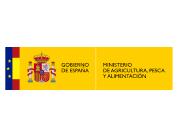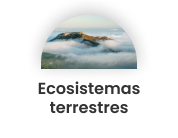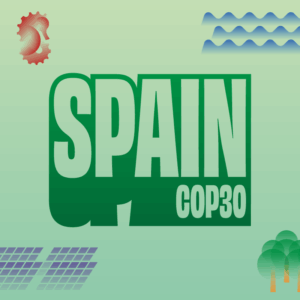
Conserving and avoiding overcrowding in protected natural areas (Natur)
MITECO
Line of action:
Terrestrial ecosystemsStatus:
FinalizadoExecution date:
2020End date:
2021Total budget:
17.423,61€Amount of aid from the Biodiversity Foundation:
12.200,53€Tourism and leisure occupy a central place in Western societies. Globally, it is estimatedthat protected areas attract more than 8 billion visits per year, of which some 3.8 billion are concentrated in Europe. In Spain, it is estimated that tourism in National Parks has increased by 77% in the last 20 years, with close to 16 million visitors per year, and with great variability among national parks.
In most of Spain’s national parks there are situations of visitor saturation at certain times of the year, which in recent years have intensified in protected areas in general. National parks located near tourist and urban areas have higher visitation and lower seasonality. Beyond visitor data, the perception of the local community and visitors are very important as indicators of tourism massification. A pertinent question for tourism planning and management in National Parks is who visits protected areas, with what motivations, and what means of transportation and communication they use.
The main objective is to generate recommendations for managers of Natural Protected Areas (NPAs) and regional and state institutions to prevent tourist saturation and improve the governance of sustainable tourism.
It has the following specific goals:
- Evaluate the degree of tourism management to prevent visitor saturation and avoid environmental impacts in the Spanish National Park Network, and collect/evaluate various management/monitoring practices for saturation in other Protected Natural Spaces.
- Generate spaces for the participation of public and private actors to generate shared diagnoses on the sustainability of tourism in Natural Protected Areas.
- Elaborate recommendations that contribute to improve knowledge on measures and instruments to prevent, manage and monitor visitor saturation in Protected Natural Spaces.
- Inform governments, NPA managers, conservation entities and other stakeholders about strategies and measures to avoid tourist saturation and conserve Protected Natural Spaces.
- Evaluation of strategies and measures for sustainable tourism and mobility in the Spanish National Park Network.
- Saturation in Natural Protected Areas: concepts, measurement, management and monitoring practices.
- Workshop of experts on tourism and overcrowding in Protected Natural Areas.
- Report of recommendations for the Network of National Parks and other Protected Natural Spaces: Conserving and avoiding the overcrowding of Protected Natural Spaces.
- Dissemination and communication of the project.
- The degree of integration of tourism in the planning systems of 5 National Parks and the monitoring systems on tourism impacts and tourism overcrowding in the Spanish National Park Network of terrestrial areas have been evaluated. This research was complemented with a focus group with national parks and reference organizations in the conservation of natural areas.
- It has contributed to improving strategies and management of tourism and sustainable mobility in National Parks and the prevention of tourist overcrowding. Knowledge has been transferred to the network of National Parks and to the organizations of tourism companies in these areas.
- Five national parks are involved: Aigüestortes i Estany de Sant Maurici, El Teide, Ordesa y Monte Perdido, Sierra de Guadarrama and Sierra Nevada.
- Three European case studies have been analyzed.
- There has been a significant increase in visits to National Parks.
- It has been found that the basic instruments for conservation and management of public use are outdated, often due to a lack of adequate human and financial resources.
- There are important gaps in the knowledge of tourism overcrowding in National Parks, both from official statistics and from the monitoring systems of the conservation areas.
- Dissemination and dissemination of results to 52 public and private organizations related to the National Park Network.


Conserving and avoiding overcrowding in protected natural areas (Natur)









 back to search
back to search 
